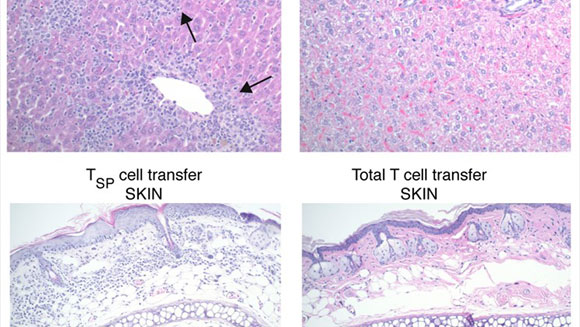
Researchers from the Yale Cancer Center have identified that two genes, NR4A1 and ABC transporters, mark a distinct subset of quiescent T cells within human tissues, and have developed methods to mobilize them into circulation for potential application in adoptive T cell therapy of cancer.
The study is published in the Journal of Clinical Investigation.
Adoptive cellular therapy uses the body’s own T cells to boost its immune system to target cancer. The adoptive transfer of T cells has emerged as a promising treatment strategy for cancer, but improvements on enhanced longevity and infiltration to tumor tissue, particularly in solid tumors, are needed.
“Expression of ABC transporters allowed a simple “side population (SP)” assay to detect these cells. Our studies showed that human SP cells were capable of greater engraftment and tissue infiltration than unselected T cells upon adoptive transfer. Further, the finding that these cells could be mobilized into circulation sets the stage for their potential application to improve adoptive T cell therapy,” said Madhav V. Dhodapkar, MBBS, Chief of Hematology and the Arthur H. and Isabel Bunker Professor of Hematology at Yale Cancer Center and Smilow Cancer Hospital at Yale New Haven.
“We know that tissue-resident memory (Trm) T cells maintain a highly regional network and persist over decades of life with little turnover. The ability to transfer SP cells and create Trm cells to boost the immune system against a patient’s cancer could be of therapeutic benefit and needs to be further investigated,” explained Dr. Chandra Sekhar Boddupalli, a post-doctoral associate in the Dhodapkar lab and first author of the paper.
Other Yale authors include Shiny Nair, Simon Gray, Rakesh Verma, Joanna Gibson, Clara Abraham, Deepak Narayan, Juan Vasquez, Richard Flavell, Susan Kaech, and Kavita Dhodapkar. Heba Nowyhed and Catherine Hedrick from La Jolla Institute for Allergy and Immunology also contributed to the research.
The work was supported in part by funds from the National Institutes of Health.
Reference: “ABC transporters and NR4A1 identify a quiescent subset of tissue-resident memory T cells” by Chandra Sekhar Boddupalli, Shiny Nair, Simon M. Gray, Heba N. Nowyhed, Rakesh Verma, Joanna A. Gibson, Clara Abraham, Deepak Narayan, Juan Vasquez, Catherine C. Hedrick, Richard A. Flavell, Kavita M. Dhodapkar, Susan M. Kaech and Madhav V. Dhodapkar, 12 September 2016, Journal of Clinical Investigation.
DOI: 10.1172/JCI85329.

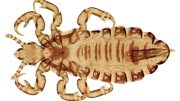

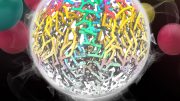
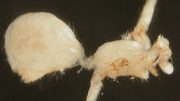


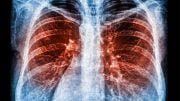

Be the first to comment on "New T Cell Subsets Have Potential to Improve Cellular Therapy for Cancer"